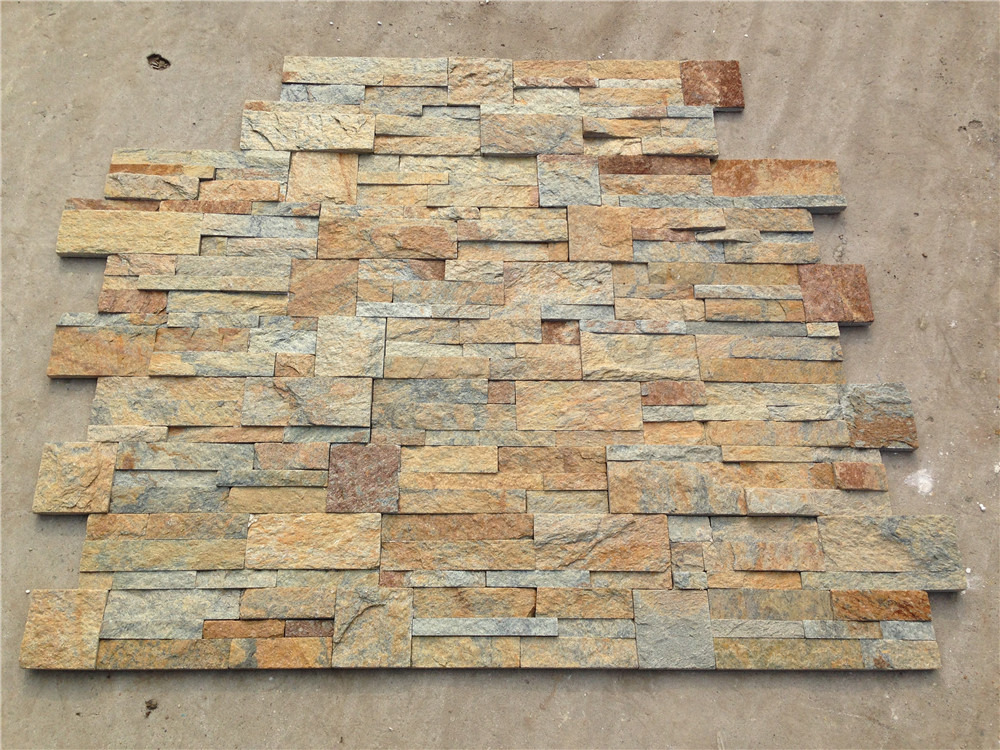Introduction:
Cobblestone has been a popular choice for outdoor flooring for centuries, adding a touch of timeless elegance and Old-World charm to any landscape. However, natural cobblestone can be expensive and difficult to source, leading many homeowners and designers to turn to cultured cobblestone as a more affordable and versatile alternative. Cultured cobblestone offers the same rustic aesthetic of natural cobblestone but is manufactured using concrete, resin, or other materials, providing greater flexibility in design options and installation techniques.
In this comprehensive guide, we will explore the myriad design options and installation techniques available with cultured cobblestone, showcasing its versatility and durability in a variety of outdoor settings. From traditional cobblestone pathways to modern cobblestone driveways, the possibilities with cultured cobblestone are endless, allowing homeowners and designers to create stunning outdoor spaces that exude charm and sophistication.
Design Options:
Cultured cobblestone comes in a wide range of shapes, sizes, colors, and finishes, making it easy to customize to suit any design aesthetic. Whether you prefer a traditional European look or a more contemporary style, there is a cultured cobblestone option to match your vision. Here are some popular design options to consider:
1. Size and Shape:
- Cultured cobblestone can be manufactured in various sizes and shapes, from small pavers to larger stones, allowing for endless design possibilities. Rectangular, square, and irregular shapes are commonly available, giving you the flexibility to create intricate patterns and designs.
2. Color and Finish:
- Cultured cobblestone is available in a wide array of colors and finishes, from natural earth tones to vibrant hues. You can choose from a matte, glossy, or textured finish to achieve the desired look for your outdoor space. Some manufacturers even offer custom color options to match existing structures or landscaping elements.
3. Pattern and Layout:
- Cultured cobblestone can be laid in a variety of patterns and layouts to create visual interest and enhance the overall design of your outdoor space. Popular patterns include herringbone, basketweave, running bond, and random layouts, each adding a unique touch to the cobblestone installation.
4. Edging and Borders:
- Adding edging and borders to your cultured cobblestone installation can elevate the design and create a polished look. Curved or straight borders can define the edges of pathways, driveways, and patios, while contrasting colors or textures can create a striking visual impact.
Installation Techniques:
Proper installation is key to ensuring the longevity and durability of your cultured cobblestone surface. Whether you are a seasoned DIY enthusiast or hiring a professional contractor, understanding the various installation techniques for cultured cobblestone is essential to achieving a successful outcome. Here are some common installation techniques to consider:
1. Base Preparation:
- The first step in installing cultured cobblestone is to prepare a solid base that is level, compacted, and free of debris. Depending on the application, the base may consist of a layer of gravel, sand, or concrete to provide a stable foundation for the cobblestones.
2. Setting the Cobblestones:
- Once the base is prepared, the cultured cobblestones can be laid in the desired pattern or layout. Use a rubber mallet to gently tap the stones into place, ensuring they are level and properly spaced. Consider dry-laying the cobblestones first to experiment with different patterns before permanently setting them in place.
3. Jointing and Sealing:
- After the cobblestones are set, the joints between the stones can be filled with sand, gravel, or mortar to provide stability and prevent shifting. Polymeric sand is a popular choice for jointing cultured cobblestone, as it hardens when wet to create a strong bond. Sealing the surface with a protective sealant can enhance the color and durability of the cobblestone, making it resistant to stains and weathering.
4. Maintenance:
- Proper maintenance is essential to preserving the beauty and integrity of your cultured cobblestone surface. Regular sweeping, cleaning, and sealing can help prevent weeds, moss, and algae from growing between the cobblestones, ensuring a clean and well-maintained appearance for years to come.

Conclusion:
Cultured cobblestone offers a versatile and cost-effective alternative to natural cobblestone, allowing homeowners and designers to create stunning outdoor spaces that exude charm and sophistication. With https://www.fs-slate.com/step-stone/ of design options and installation techniques available, cultured cobblestone can be customized to suit any design aesthetic, from traditional to contemporary.
Whether you are looking to create a classic cobblestone pathway, a rustic cobblestone patio, or a modern cobblestone driveway, the timeless elegance of cultured cobblestone is sure to enhance the beauty and functionality of your outdoor landscape. By understanding the design options and installation techniques for cultured cobblestone, you can transform your outdoor space into a stylish and inviting retreat that will be enjoyed for years to come.
